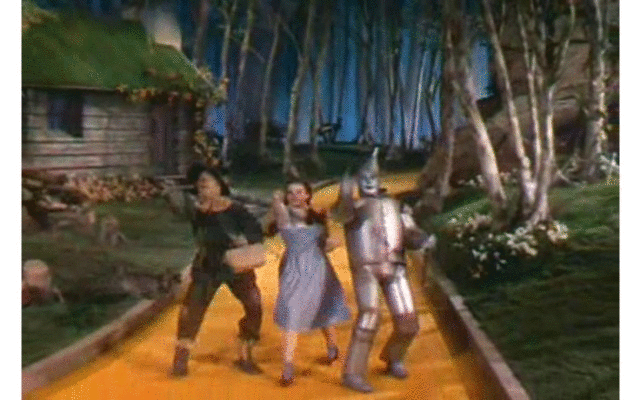Activities, Exercises, and Challenges, oh my!
The following is a non-comprehensive list of possible activities you can engage with to better your understanding and composition of allusions. Some of these are my own ideas, some are packets and exercises you can easily find online; just figured I'd compile them for easy access! Anything found online is linked back to its original site.
-
Allusion Month! - Every day, briefly jot down in a notebook or digital document an allusion that was made at some point during the day. It could have been during a conversation, on the news, in a show, in a novel, in a film, in a flyer, etc. Write down the context and what you understood the allusion to mean. Feel free to do research on it, especially if you recognized an allusion was being made but you weren't sure to what.
-
A Modest Introduction - This two page handout presents a swift and clear introduction to allusions, with a few sample analysis statements. Great for the beginning of a course, for a week long exercise, or as the first four days for Allusion Month! (Original link here).
-
Another Swift Introduction - Another two page handout, worksheets like these are great for getting your feet wet before you turn to the literary, historical, and popular works around you for analysis. Especially with the "write your own" section at the end, you can do this activity all in one go, or spread it out as piecemeal practice over a week. (Original link here.)
-
In this essay I will... - Curated to be an in-class assignment, this activity comes in a series of documents for student presentations on allusions. It includes (links automatically download as Word Docs): an overview of allusions, a list of allusions for students to choose from (can be updated to include popular culture references or to switch out some of the more cliche allusions - seriously, Romeo), an instruction sheet for what they must include in their 2 slide PowerPoint presentation, a sample presentation, a grading rubric, a post-presentation quiz (with answer key - no cheating, guys!), and an end of unit exam. (Original links here.)
-
Personalize this as a friend-group challenge by having each friend pick an allusion to explain, testing the rest of the group to see if they can get it before presenting. Winner gives the best presentation on their allusion, by democratic vote, and gains bragging rights until next contest.
-
-
What's in a name? - Since allusions often make for catchy titles, it's not uncommon to find them a news headlines. The New York Times had a whole article about its use of eye-catching allusions. The most interactive part of this article is the guessing-game to fill out the allusion and figure out where it comes from. Turned here into a PDF, this quiz (and its answer sheet) can provide a good individual or small-group activity for emphasizing how prevalent (and sometimes unnoticed) allusions are in everyday life.
-
Chart the course! - A basic allusion chart, this PDF gives you the space to freely analyze 5 allusions. These could all be in the same text, like Frankenstein, or in different texts, like one allusion per poem. Either way, make note of what the primary text is, what text is being alluded to (and on which page/part of the primary text), and how the allusion works. Short, sweet, to the point - it's great as an individual or group activity, in or out of the classroom.
